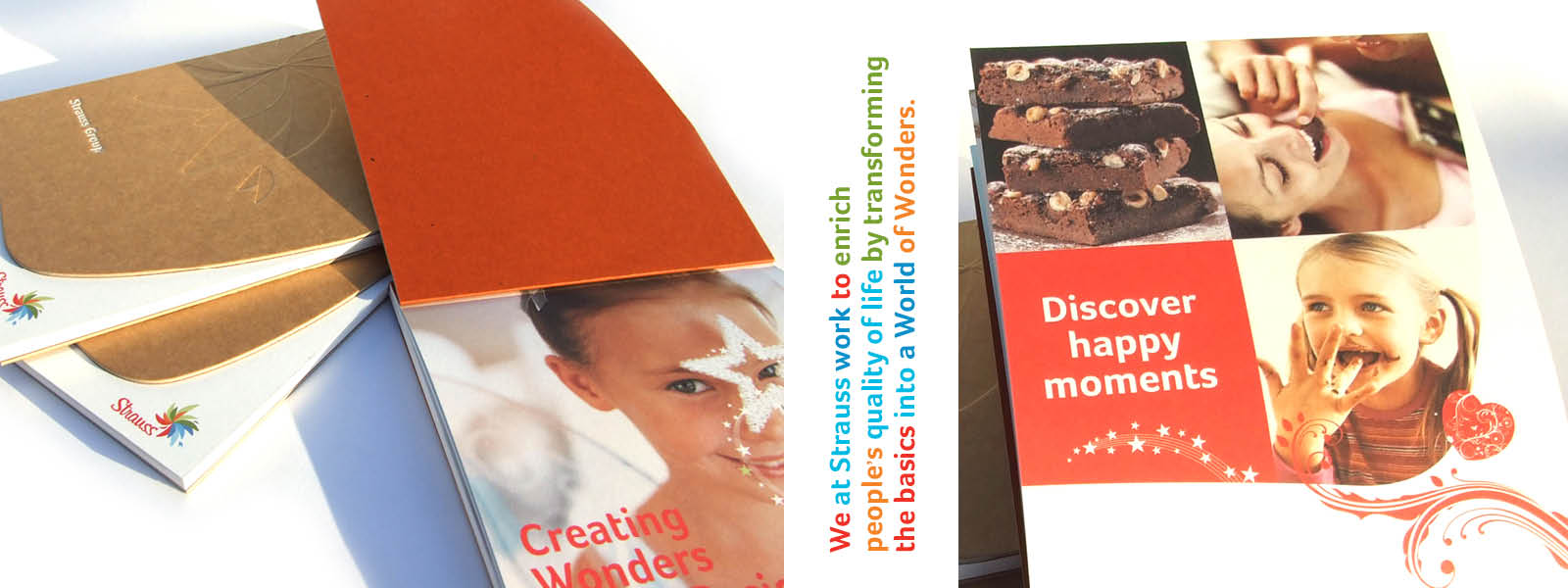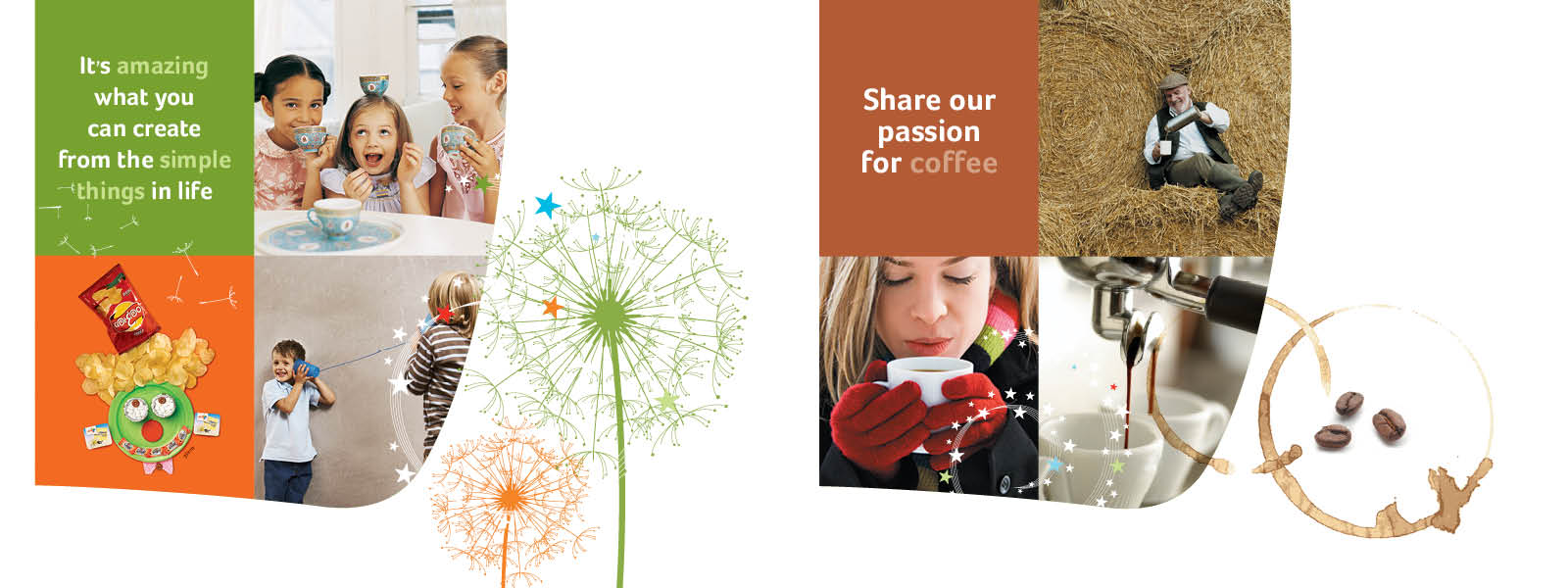Creativity Skill
“Do not let what you cannot do interfere with what you can do.”
John Robert Wooden, an American basketball player ranked as the all-time greatest coach
“When you hear the word ‘creativity,’ what do you think of next?” ask the Kelley brothers, right at the beginning of their book, Creative Confidence.
The answers they received were related to arts like sculpture, drawing, music, or dance. Later, they explain that the word ‘creativity’ has become commonplace and popular, with everyone wanting to be creative. Unfortunately, in their view, many people think they are not. The Kelley brothers think otherwise. They believe we are all creative, each in our own way.
So what is this elusive thing called ‘creativity’?
Creativity has several meanings. It is often defined in terms of innovation, usefulness and personal achievement, and sometimes in the context of self-expression and learning. The study of creativity has changed over the years, from viewing creativity as a phenomenon that occurs only in the human mind to one that also occurs in a social context.
I will highlight here just a few points from dozens of articles I found on the subject.
Let’s begin with what it is not. Creativity is not a synonym for talent. True talent is a gift, it is neither teachable nor tangible. Creativity on the other hand is an acquired behavior, which can be learned, tangible and important to human development. A talented person is usually creative, but not every creative person is talented. The significant difference is that the creative person makes things happen.
Being creative means doing. A good metaphor explains it this way: if for real estate the most important thing is location, location, location, then for creativity the most important thing is connection, connection, connection. Creative people create, combine and compose things that have never been connected before.
Wikipedia says that creativity is the process of producing original and relevant ideas for a given situation. Creative thinking consists of originality, flexibility and practicality. Studies I’ve come across found that it is not necessarily related to originality, but three elements are important: person, product, and process. It’s important to note that society does not reward the creative process; it rewards the creative product.
One of the more beautiful definitions of creativity is that it can subjectively and objectively combine the art and science of both thought and behavior. It is a combination of emotions and knowledge, traveling back and forth between what we feel and what we know. As we become more creative, we become more aware.
A critical element in nurturing creativity is the development of a decision-making process. When composing or designing, you need to make dozens of small decisions at any given moment. We need to be aware that we’re choosing from an endless range of possibilities and every moment is a critical stage of development. It is at this point we learn that, many times, good things happen as a result of mistakes. Maybe that’s why children are so creative – they don’t stop trying new things. When I was studying visual communication design, we called them “happy accidents.” The understanding that both right and wrong can be creative is very important in the development of a creative person.
It’s important to emphasize that all our projects and clients are creative. Since our projects can be found throughout this website, we chose to display here a few that are a little unusual for their market landscape.
The first is Audiocodes. With the help of wonderful illustrations by Yaara Eshet and Alice’s Adventures in Wonderland, we showed how the company’s products scale up or down as needed and how following the rabbit will take us into the next century.
Justine a hat brand by the talented designer Yael Cohen. A quick process led to the creation of the logo and slogan, which then gave birth to the photography. (Photographer: Daniel Leila)
SolarEdge, a leader in the field of solar energy, is presented here because of its creative vision. At a time when everyone was presenting images of solar panels, the company positioned itself as an architect of energy. They agreed to go with a concept of aerial photography that reinforces the image of a company that sees the whole picture. The brand story was written on that basis.
Strauss Group. The real uniqueness and creativity is in the printed product, a booklet that gives the impression of a thick recipe book with a brown embossed cover. It’s sort of an amazing thing or, in the words of Strauss, a wonder.
Audiocodes
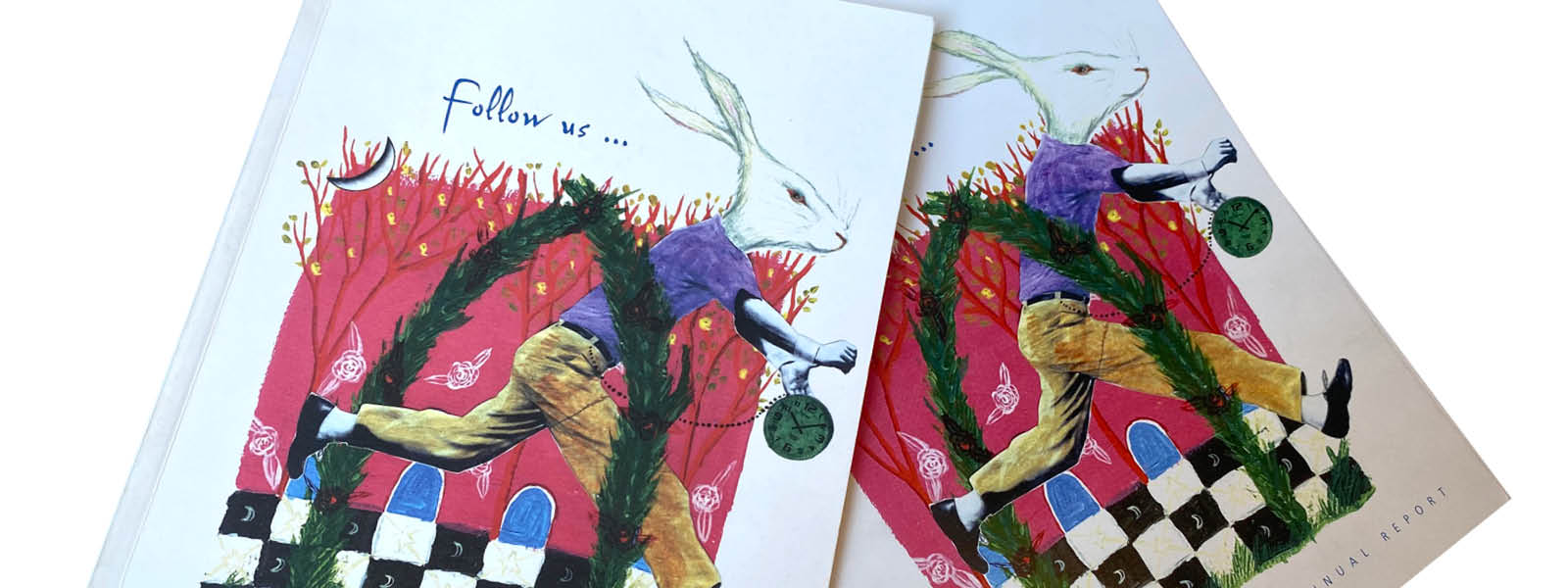
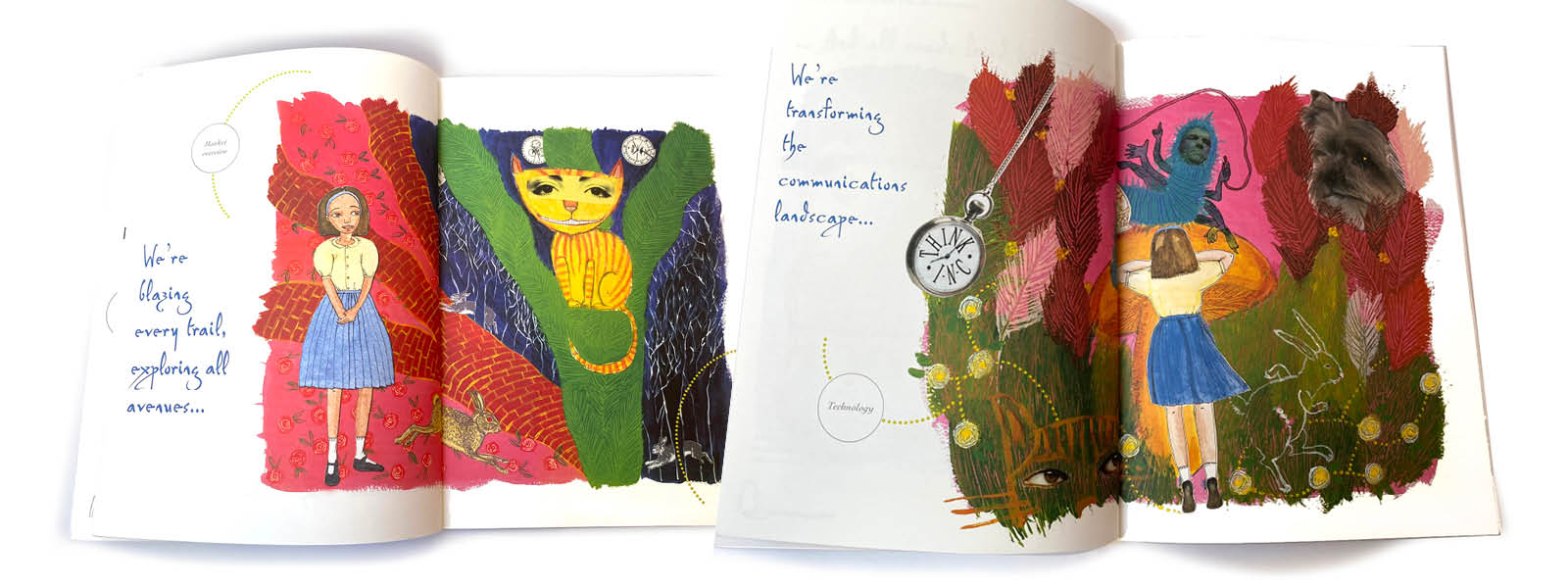
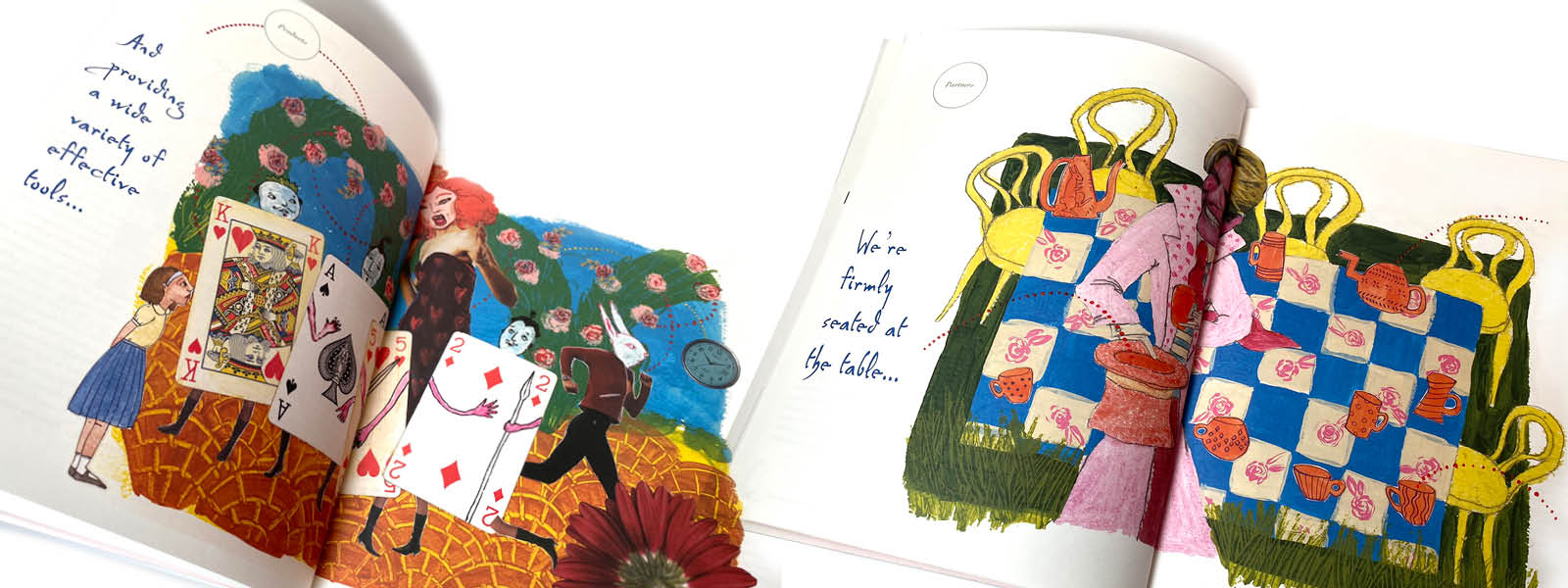
Justine
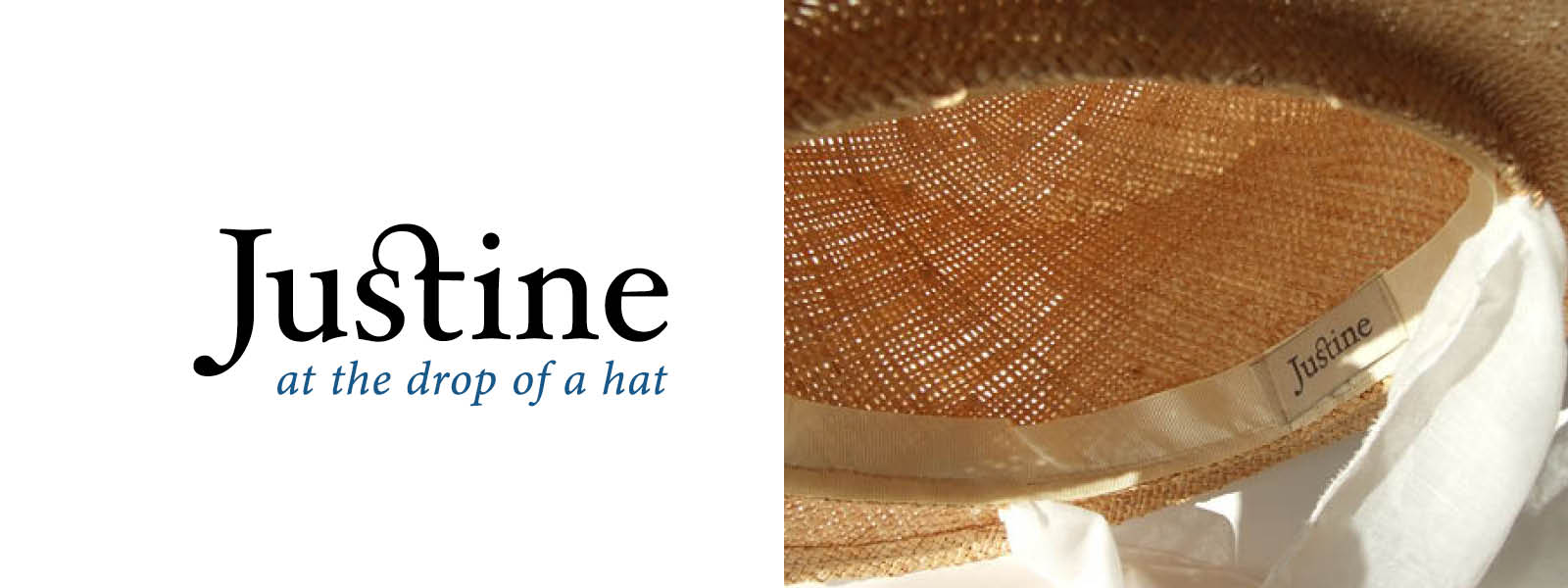
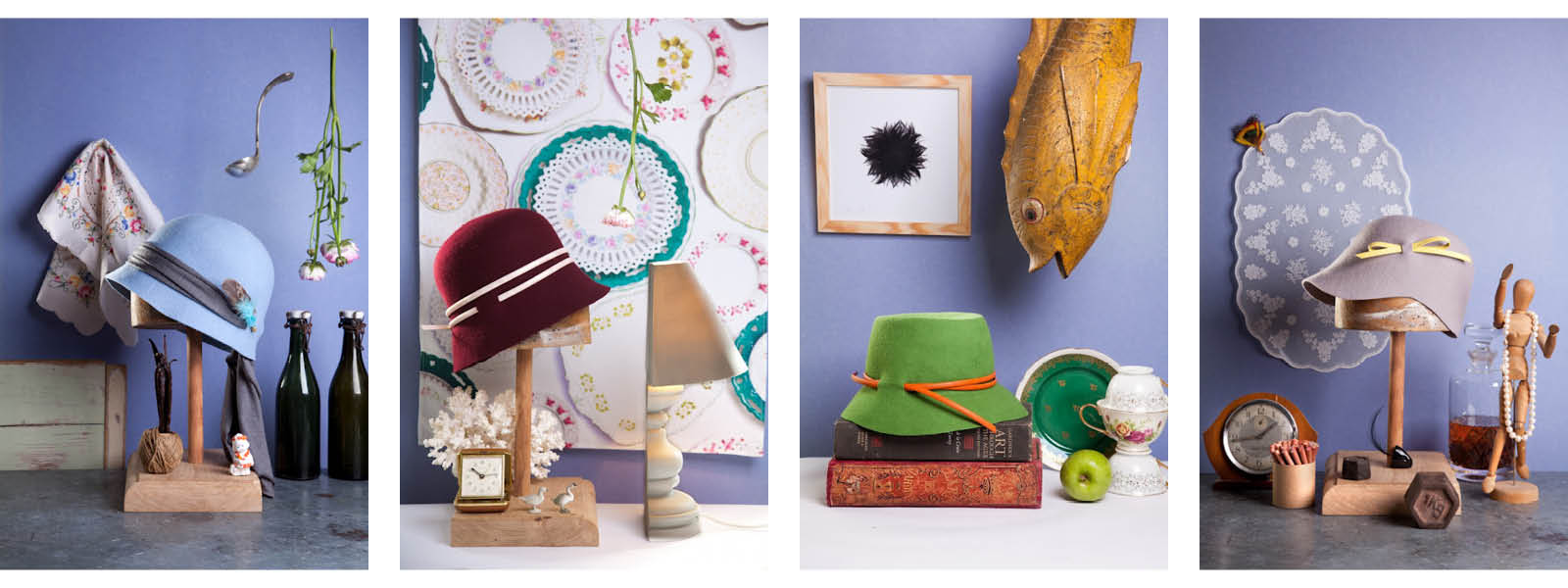
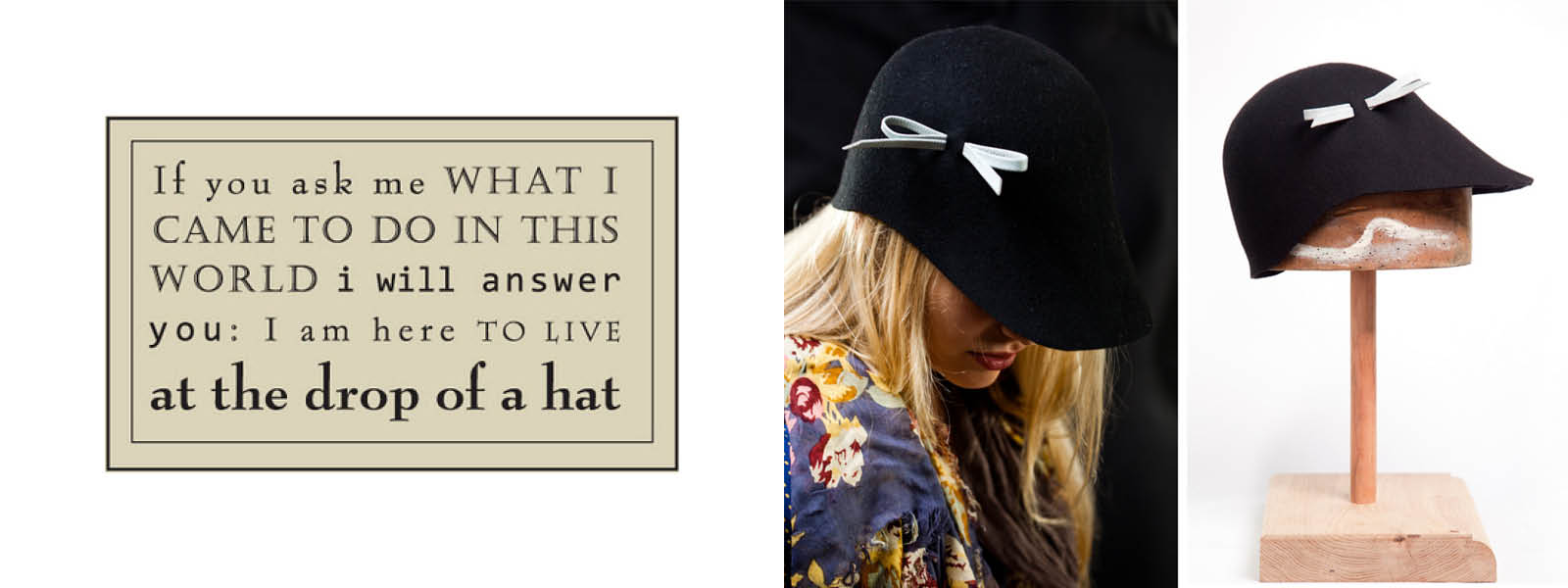
SolarEdge
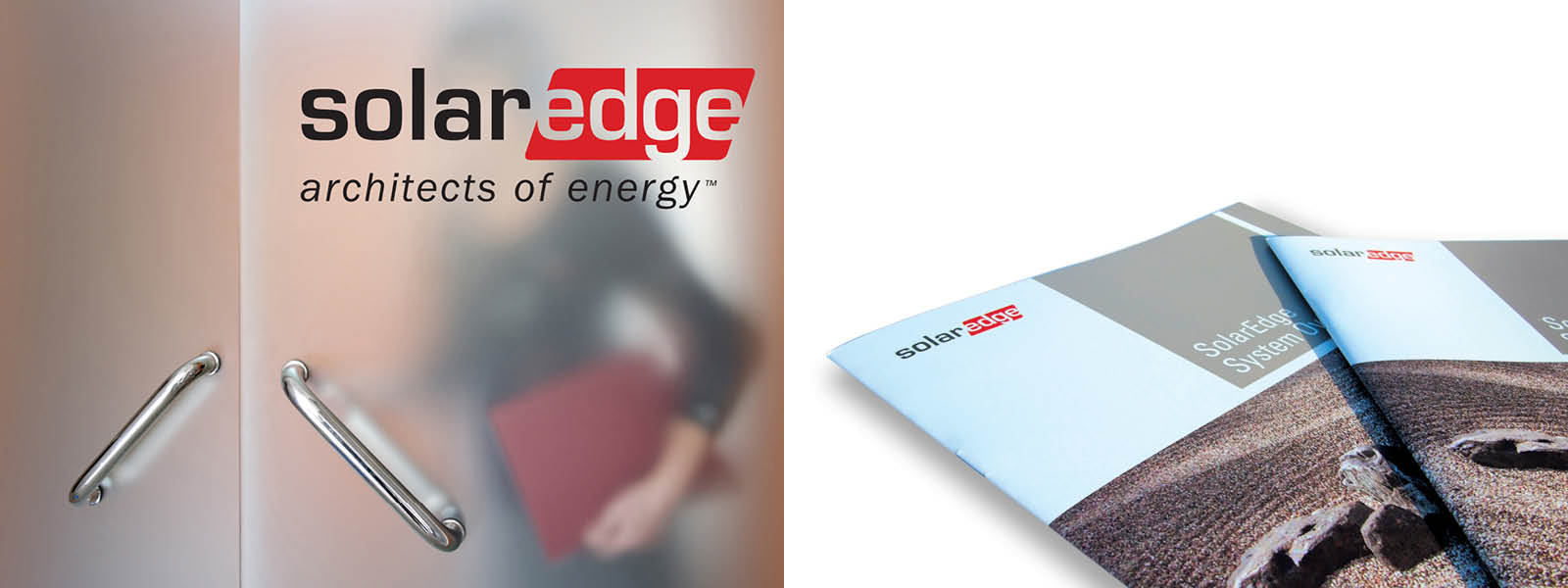
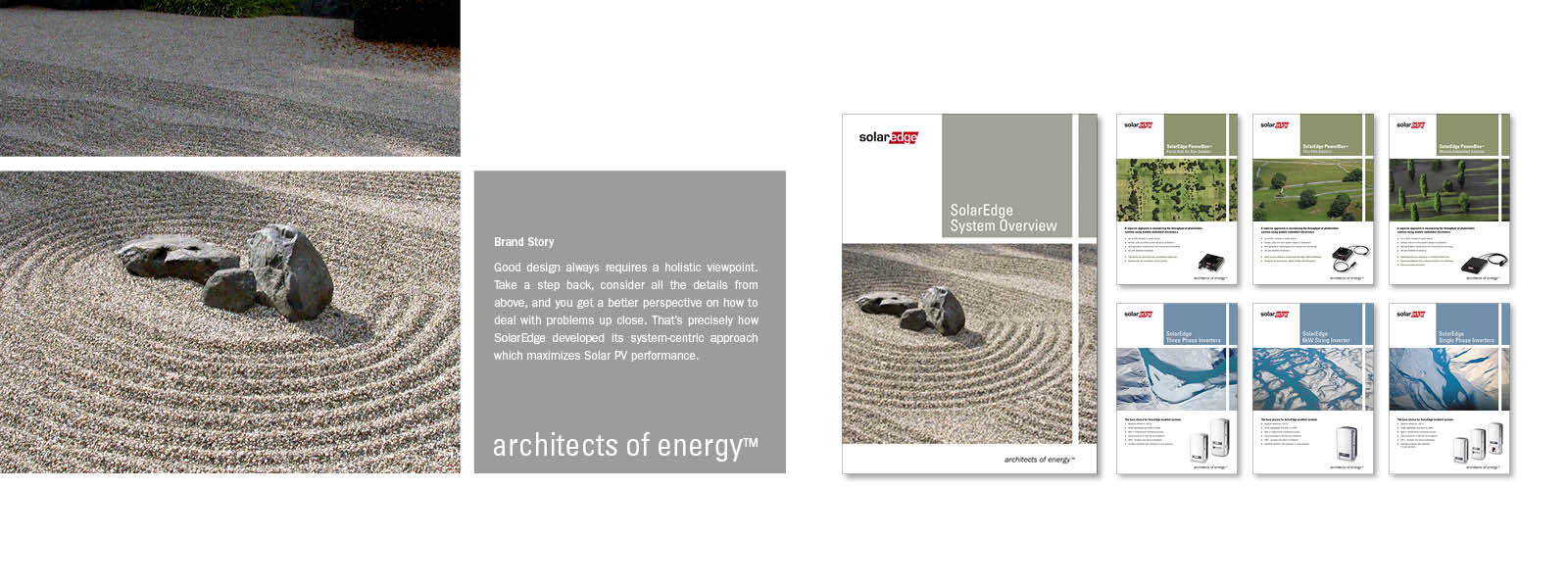
Strauss Group
